Crafting a story spanning a decade is no small feat, and it’s a milestone developers at Cryptic Studio are currently celebrating with the 10th anniversary of the MMORPG Neverwinter. Set in the Forgotten Realms of the Dungeons & Dragons universe, players have explored 25 modules, countless events, and forged memories that exist because of a dedicated team of hardworking creatives.
Neverwinter holds a special place in the MMORPG world, putting out modules in a world of fast-changing technological growth and swelling popularity for the tabletop 5th Edition of Dungeons & Dragons. The game has seen overhauls to lighting systems, maps, and character leveling in an effort to keep gameplay fresh and exciting for players.
Related: Dungeons & Dragons: Starting Tips For New Players
Neverwinter Game Creative Director Randy Mosiondz and Senior System Designer Robert Gutschera have sat down with Gamepur in an exclusive interview to talk about these changes, the inspiration behind Neverwinter, and how the team has come to sit atop a decade of epic battles. The insight into the process of sculpting the world is one fans will find just as exciting as battling dragons or tackling challenging questlines.
Neverwinter Is An Artwork Etched in Innovation
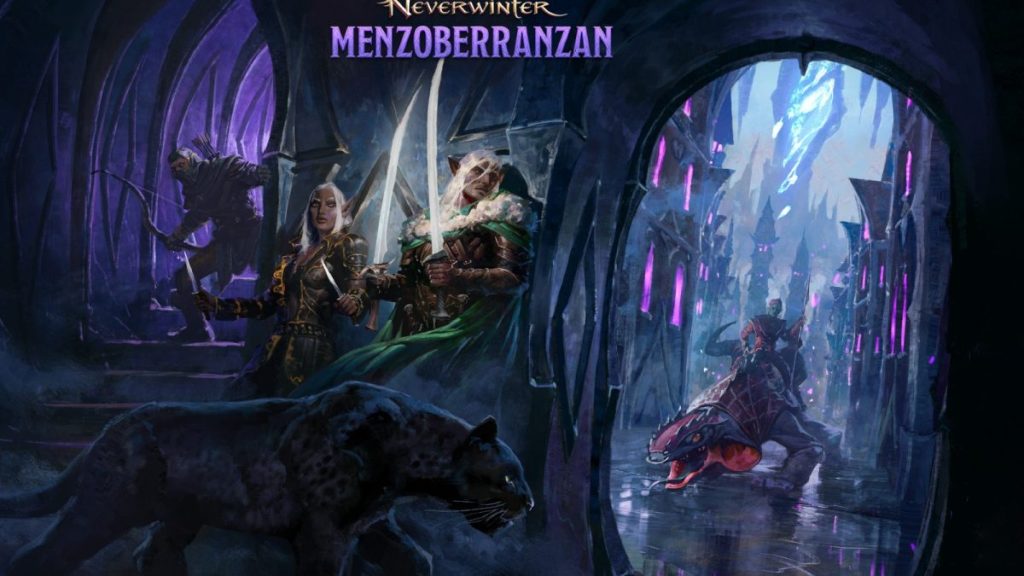
As a personal fan of Neverwinter, I was delighted to learn about what it takes to make Neverwinter tick and the processes that went into getting it started ten years ago. I was shocked to learn that the game runs on its own Cryptic Game Engine and that much of the early gameplay for Neverwinter was experimental.
Randy: I came on the Never Winter team over ten years ago, and that’s when we were still trying to find our feet with the game and just trying to find what formula for Neverwinter was going to make it a successful game. We were iterating on a bunch of ideas, different styles of gameplay, and what really kind of stuck with us was when we were prototyping another style of game, which was more taking more of a competitive PvP game. We were seeing what we could do in terms of other game types. And with that, we were trying to make the Cryptic Engine work with action combat, which was something that we just hadn’t really done before.
With the Cryptic Engine, it was actually made for something more traditional. At the time, tab targeting was pretty standard, and I know with the Cryptic Engine in Champions, we got a little bit of reactive elements in where it’s like, oh, I got to put up shields to block incoming coming stuff and the like. But we decided to really delve into prototype out a lot more the action combat with the test game, and a lot of those elements really kind of stuck and really went well.
So the prototype game we didn’t really do anything with, but those elements we learned from and said, hey, how about if we incorporate some of the action combat into Never Winter gameplay? And it just was a lot of fun, and it was a lot different than in other games ten years ago because you didn’t see a lot of action-oriented MMOs at the time. So when we put that in, we were like, this is great. I think we have something here. Let’s kind of build around this core for the combat system.
So we took those elements, and then we were working parallel with a questing and content system, and we started prototyping levels and dungeons and a whole kind of flow. And when we showed that to the rest of the team and our publishers and everything, they were like, hey, I think we have something here. Let’s keep on building this. And we ended up doing it every winter launch. We built a ton of levels for it for launch. I think we built like twelve levels for launch and a bunch of dungeons and everything. And it went really well. It was really well received, and it felt like it was a good combination of DnD and action combat.
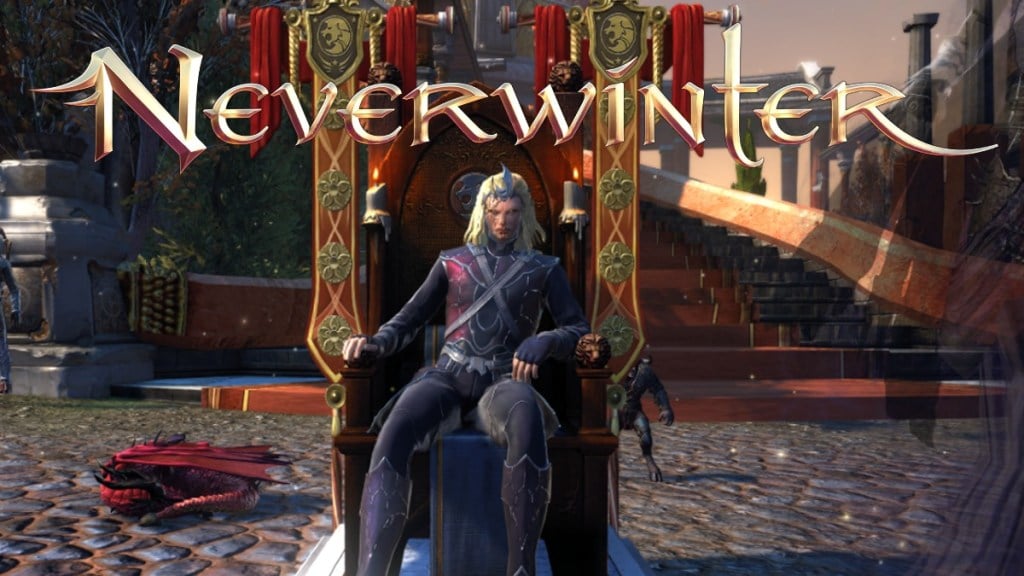
With an understanding of how Neverwinter got its start, many may also be curious about how the MMORPG has adapted to changes in technology, gamer preferences, and new DnD source material over the past decade. Randy and Robert both jumped into detail about what goes into adapting such a big game and ensuring an exciting experience for fans at every new module.
Randy: I think it’s always just looking to see what’s developing, what the current elements that people or gamers really seem to be enjoying in this style of game. We can’t say that Neverwinter has cracked the MMO code or anything. There’s lots of elements that we’re trying to figure out ourselves, and so a lot of it is just kind of paying attention to other gaming trends that are happening and kind of going, hey, this seems like a good idea. Is this something that we can adapt and evolve for a Neverwinter? Because things change all the time.
What gamers want out of the game changes over time. And so we really have to be considerate of what other trends are and also what our community is asking for. It’s like, why doesn’t everyone do this thing that this other game does? And sometimes we can’t. It would take a big engineering effort, or it’s just not our style of game. And so we have to pick and choose what elements we’re trying to evolve in our game. It’s an ongoing effort. It’s something we try and pay attention to as the game progresses.
Every time we do a module release, we go, hey, what can we do to fix a problem that other games have solved already? Or create new content for the game that introduces new elements that are interesting and engaging well?
Robert: We’ve got a ton of stuff in the vault over the years. A lot of it is in the live game now, but some of it isn’t. Some of it’s been retired, sometimes with good reason. Sometimes there are things that we would like to bring back. So over time, we hope to kind of look at those things and maybe revamp some of them. I don’t think we’ll ever be able to do them all, there have been so many over the years, but hopefully, we can pick and choose the best ones.
The other thing we do to keep moving forward, that’s probably worth the mention, is on the technical side, we have our own custom engine. We aren’t using Unreal or Unity or any sort of third-party engine. In some ways, that’s great for us because it means if we need to change something, we can do it internally. But it also means it’s kind of on us to constantly be updating things so that it is up to snuff. And so, over the years, we’ve revamped the effect system, and we’ve revamped the character engine. And so various parts of the engine have been rebuilt over the years to try and keep everything looking as much as possible up to modern standards.
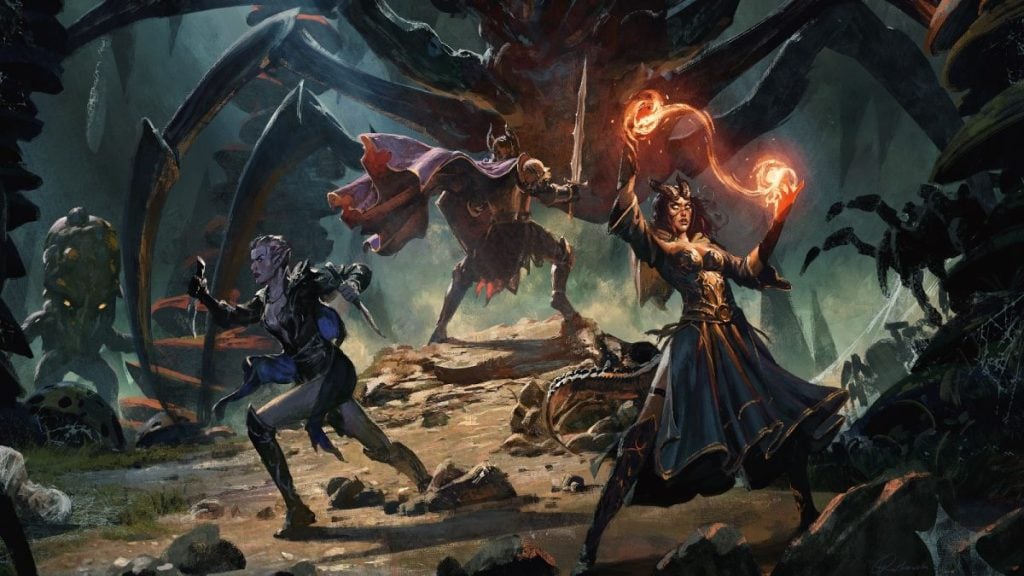
Many fans of Neverwinter were very excited when it was announced a new class was coming to the game in 2022. The Bard class is a fantastic balance of magic and physical combat, and the different styles available to play make it both versatile and rewarding to pick a new character. Because of this, we asked if Neverwinter would be seeing any other classes in the near future.
Robert: We would love to add more classes. The problem with adding more classes is it’s very expensive. It’s pretty expensive from a design point of view. You have to design all the powers and balance them out, and so forth. But it’s really expensive from an art point of view because, basically, every class comes with 20 or 30 new powers. You think of just the ones you have slotted in your tray.
They’re also the ones you didn’t choose. When you add them all together, there’s something like 20 or 30 that you’re going to make for a new class. And every one of those needs animation and effects, and that’s where it really gets hard to make that new class. We would love to, though. I mean, I don’t know how many times you sat and said, oh, let’s do a druid. Let’s do a monk.
If I had a choice, I would prefer to do Druid because it’s so cool. I gained a druid in WoW back in the day, and I would love to do it.
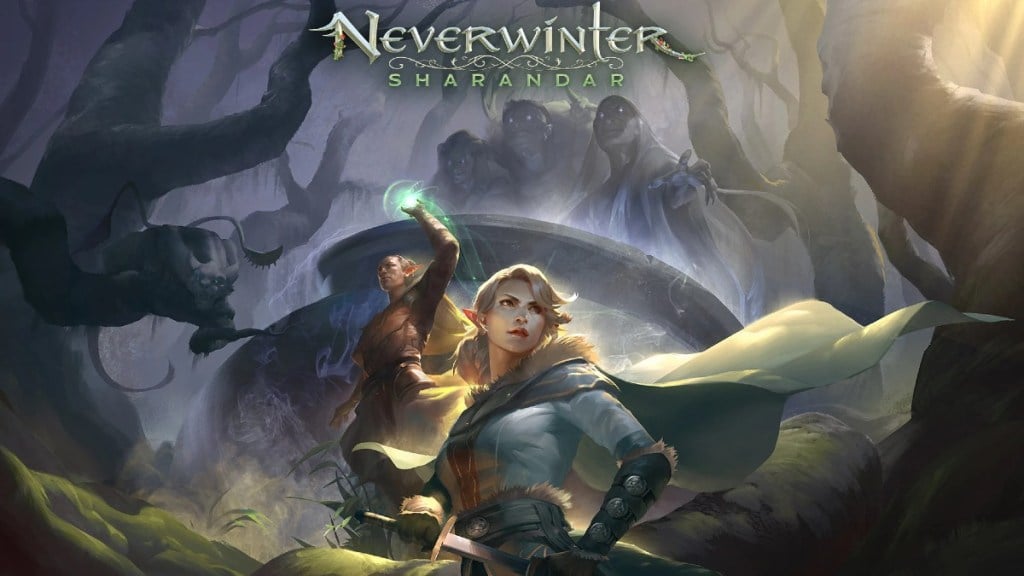
Many players have been enjoying a chance to revisit older campaign settings, first with Sharadar in Module 20 and, more recently, with the Underdark in Module 25: Menzoberranzan. With plenty of past locations like Ravenloft in Neverwinter’s history, we asked Randy and Robert what module they would most like to revisit for new content.
Randy: I’d like to go back to Ravenloft sometime. That was one of the last modules I had a lot of hands-on in terms of development, and I really liked the way it turned out. It’s a different feel. It’s introducing Gothic horror into D&D, and I think the module was good even back in the day. It was like, “Hey, you’ve got your Gothic horror and my D&D! You’ve got your D&D, my gothic horror!” And it was fun.
It was a different way of playing the game. Of course, I think there are some D&D players who are like, what are these elements of horror? But there is obviously a large section. The amount of Ravenloft they produce after the first and in successive editions of D&D said there are a lot of people that really like those elements. So I thought it was a lot of fun. I think there are a lot more stories we could tell in Raven Loft.
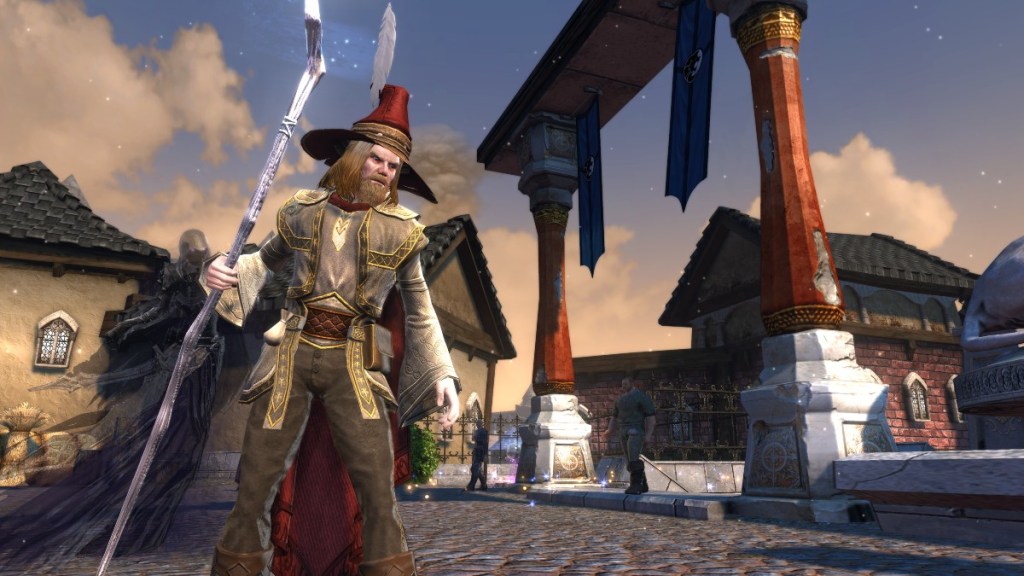
We also asked the team what they saw for the future of Neverwinter after the conclusion of the 10th-anniversary events, and Gamepur had the opportunity to hear from Brett Norton, the Executive Producer of Neverwinter, with his thoughts.
Brett Norton, Executive Producer for Neverwinter: We have a lot of realms still to explore! The Forgotten Realms covers such a huge range of locations, both from modern adventures and those ranging back to the early days of D&D. We don’t want to spoil our upcoming releases. Still, we’re going to be doing some unique new settings before the end-of-year, and 2024’s lineup is already looking great as well.
Beyond just the settings and stories, though, the team has gotten a lot better at adding quality-of-life-like features. We recently added a number of inventory tools, and we’re going to continue to try and reduce friction wherever we can. There are a few areas we know that are sore points for the community still, and we’re investing more time into making Neverwinter more accessible.
Lastly, we know that getting into the real ‘end game’ of a modern MMO can be intimidating for newer players, so we’re putting some love into our sort of ‘just hit level 20, now what?’ experience. We want to get players into the fun and challenging end-game experiences we have quicker, and we realize it’s on us a bit to facilitate players learning the ropes. Expect more on that in the near future!
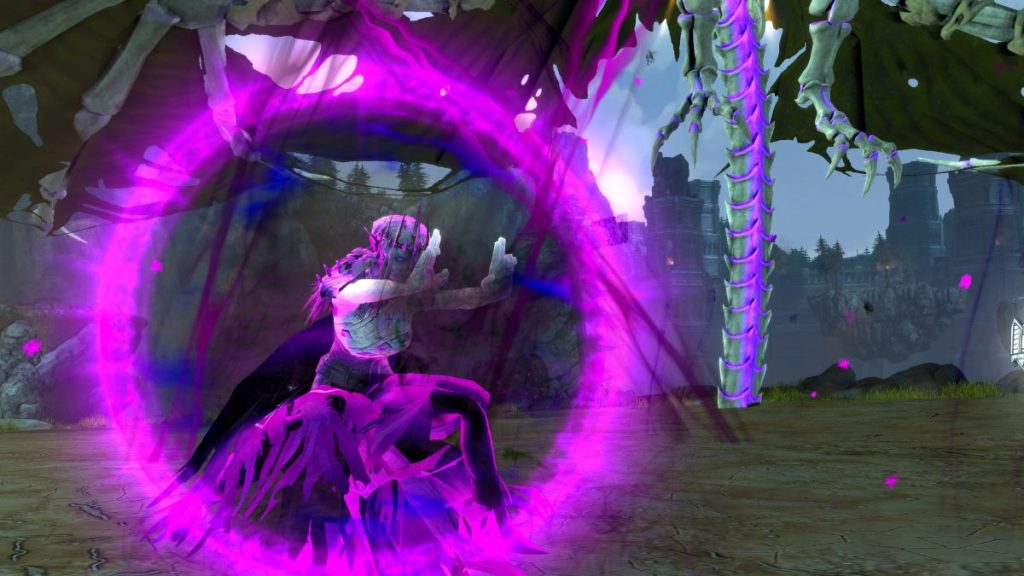
After a decade of development, we here at Gamepur were also curious about any funny moments that stood out from time creating the 25 modules that makeup Neverwinter’s extended gameplay. Randy and Robert both had a few interesting stories to share.
Randy: There was a time when we were having a problem with monsters not spawning on a map properly. We use a beacon system for AI navigation, and so one thing we check is if beacon placement spilled into places it wasn’t supposed to be. Sure enough, there was a crack in our dungeon geo that monsters and even players could fall through. When that happened, the players fell, hit the ground, and (assuming they survived) looked around. They found themselves in a grey space between the dungeon levels. That dungeon was populated by undead so that grey space also included ghastly figures shuffling around. We referred to that as our “dungeon dungeon” and a good reference for our later Shadowfell maps!
Robert: There was a Ranger power back in the day (Marauder’s Escape) that caused you to dash backward a long distance. However, it kept breaking. It really annoyed me (I was playing a Ranger on the Live Server at the time), and I became determined to fix it. I finally figured out that it was breaking any time you jumped or even left the ground just for a moment. Since it was pretty common to leave the ground for very short periods of time (less than a second was enough), it made the power break all the time.
I found a flag called “LurchDisableInAir” (in our engine, “Lurches” are what we call powers that move you) that was set to “TRUE,” and I changed it to “FALSE.” Everything worked! It was great! I checked carefully for exploits, but it all seemed fine. I used the power on different terrain, tried all kinds of things. Everything worked great, and it was much more reliable. I checked it in.
Then the report came back from Preview Server… suddenly everyone was basically doing Kung Fu style wire fighting, floating in air as they attacked. Turns out all our melee powers have small lurches in them (to smooth out the animations), and if you chained several melee attacks in a row against another player who was doing the same, you could both rise up into the air and fight 5 feet above the ground!
We caught it in time, and it never made it to the Live Server. Later we changed the “LurchDisableInAir” flag so it could be set per-power (instead of globally), and so Marauder’s Escape was fixed as well. But I never forgot the players fighting in the air!
With so many amazing details about the game’s history, we ended the interview with a question reflecting on the start of Neverwinter’s development. Randy shared his thoughts about his first memory of working on Neverwinter and how it feels to look back on it a decade later.
Randy: I remember when we put together the first dungeon for the game. I started doing the sketch design on graph paper, just like I would for a tabletop RPG. Seeing that paper model transform into the finished dungeon populated by monsters was a great milestone in our pre-launch development and one I’ll never forget!
I look at Neverwinter now as a huge D&D campaign shared by millions of players. There is a lot of world development that goes into a game like this, and we helped shape what it is today. Thanks to all my co-Dungeon Masters and all the players part of this epic adventure!
Developer Bios
- Randy Mosiondz is a Game Creative Director at Cryptic Studios. He has worked in the video games industry for over 15 years, ever since he joined Cryptic Studios in 2005. He began working on games at Cryptic as a Mission Designer on City of Heroes, became Lead Designer for Champions Online, transitioned to being a Lead Designer for Neverwinter and is now Game Creative Director for Cryptic Studios as a whole.
- Robert Gutschera is a Senior System Designer for Neverwinter, Cryptic Studios’ critically acclaimed free-to-play MMO based on the tabletop adventure, Dungeons & Dragons. He has worked in the video games industry for over 20 years and started working at Cryptic Studios in April 2014. Prior to Cryptic, Robert was at Gazillion Entertainment and Wizards of the Coast.

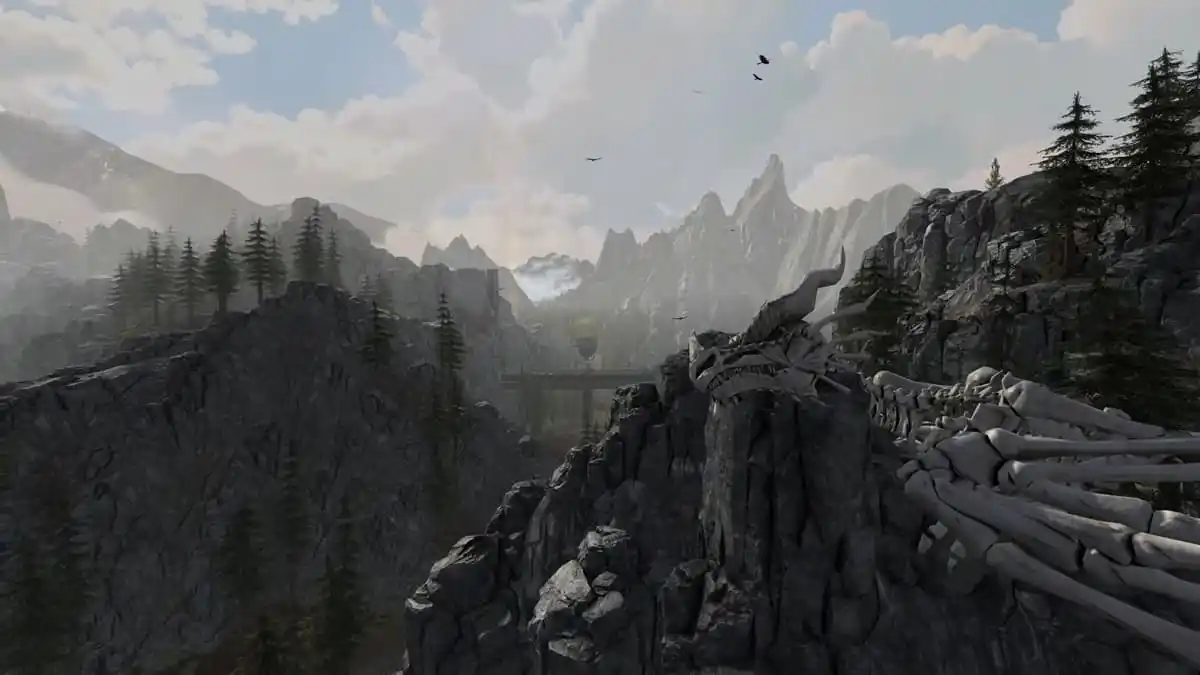

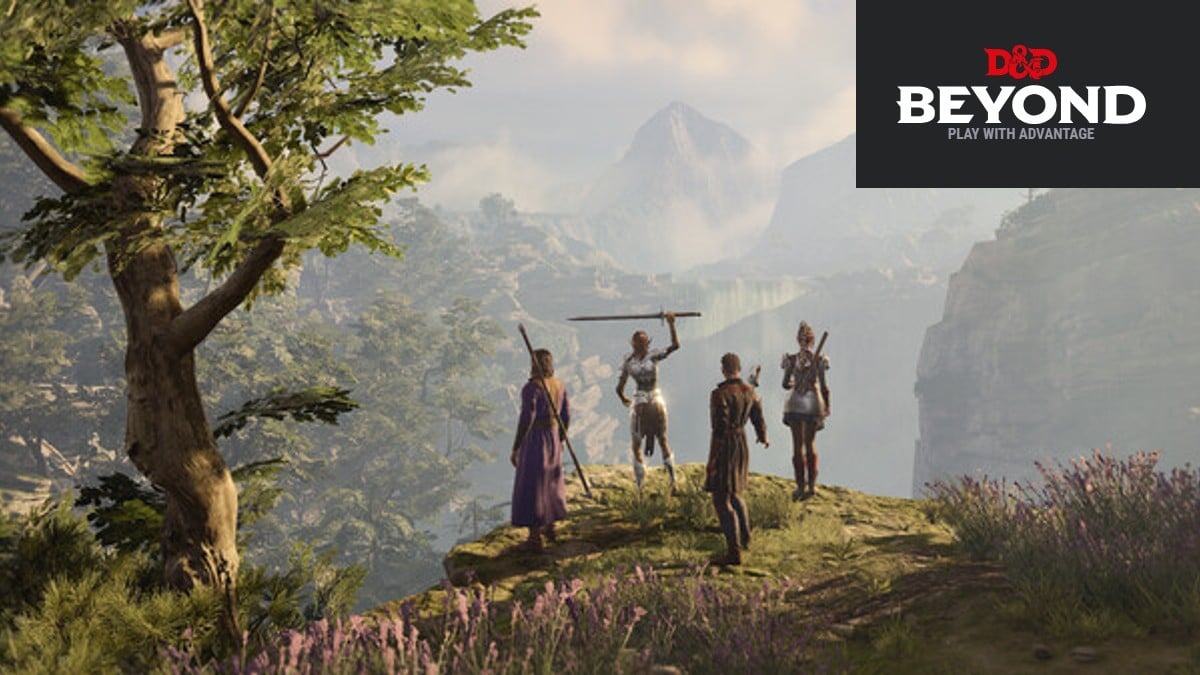
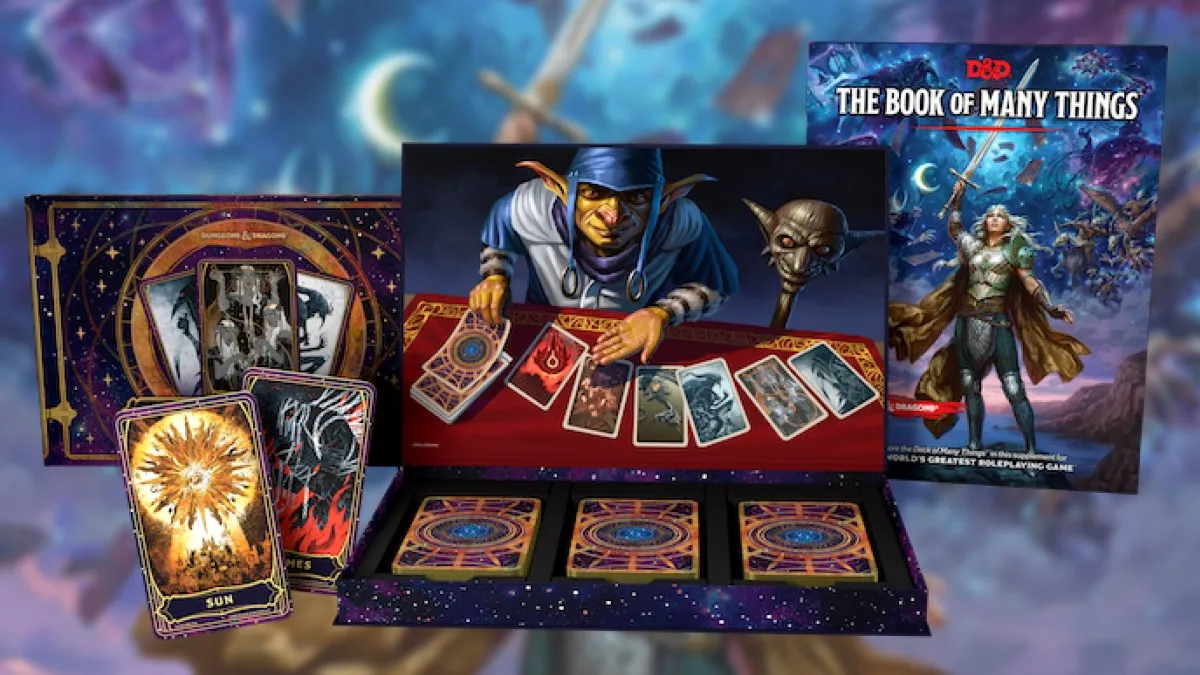
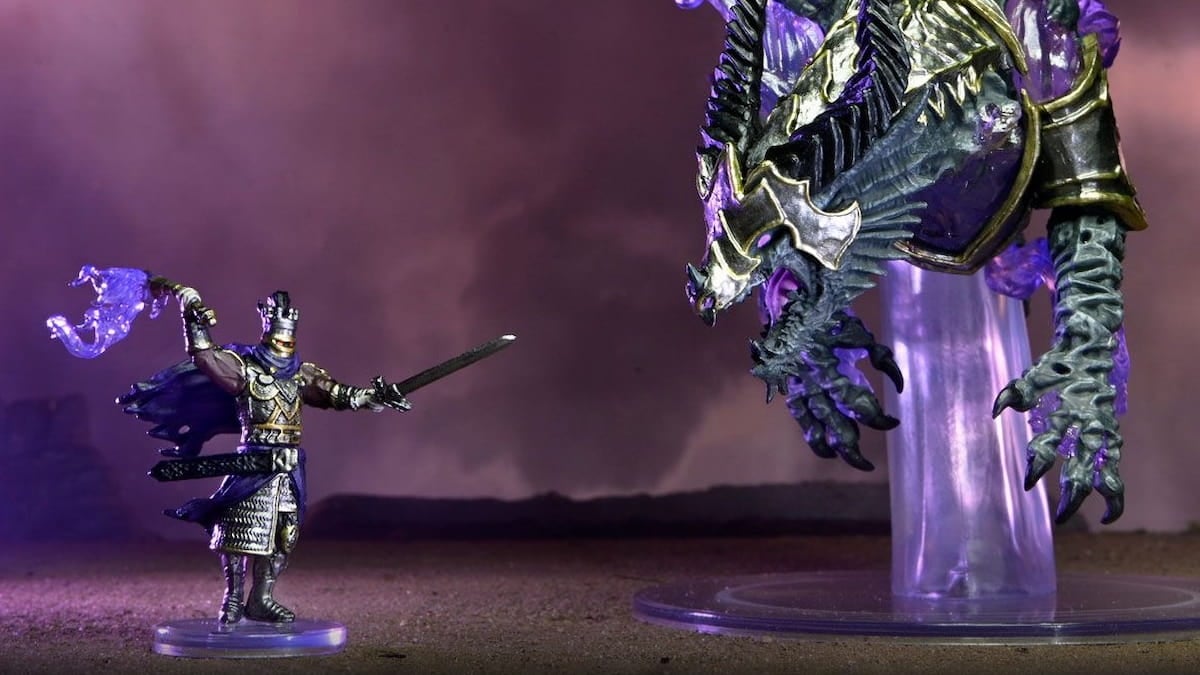
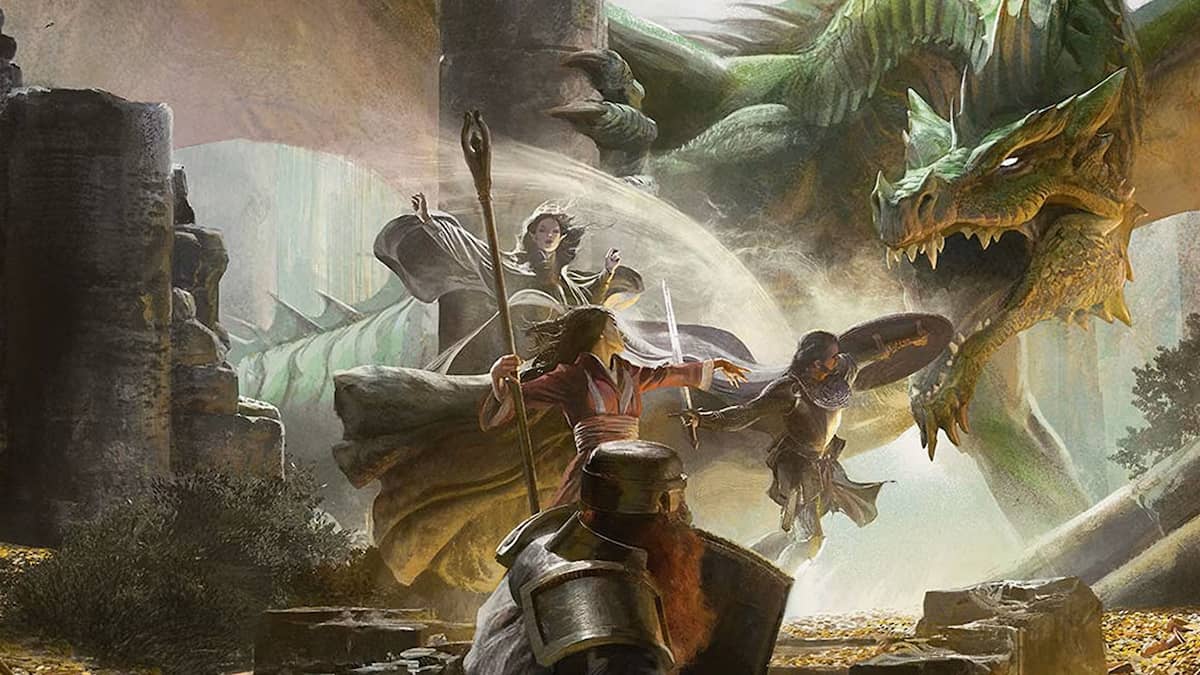
Published: Jun 15, 2023 10:04 am